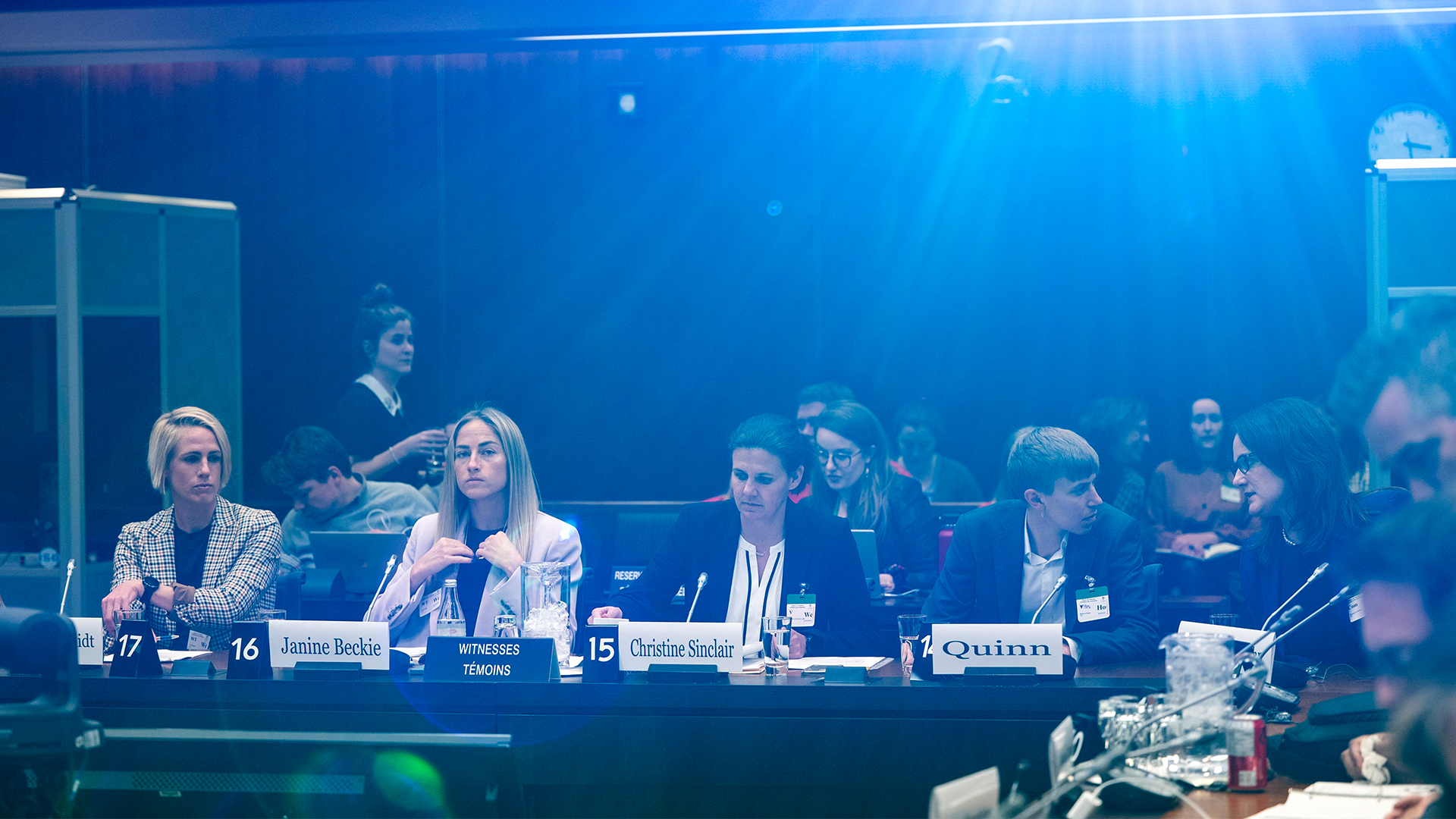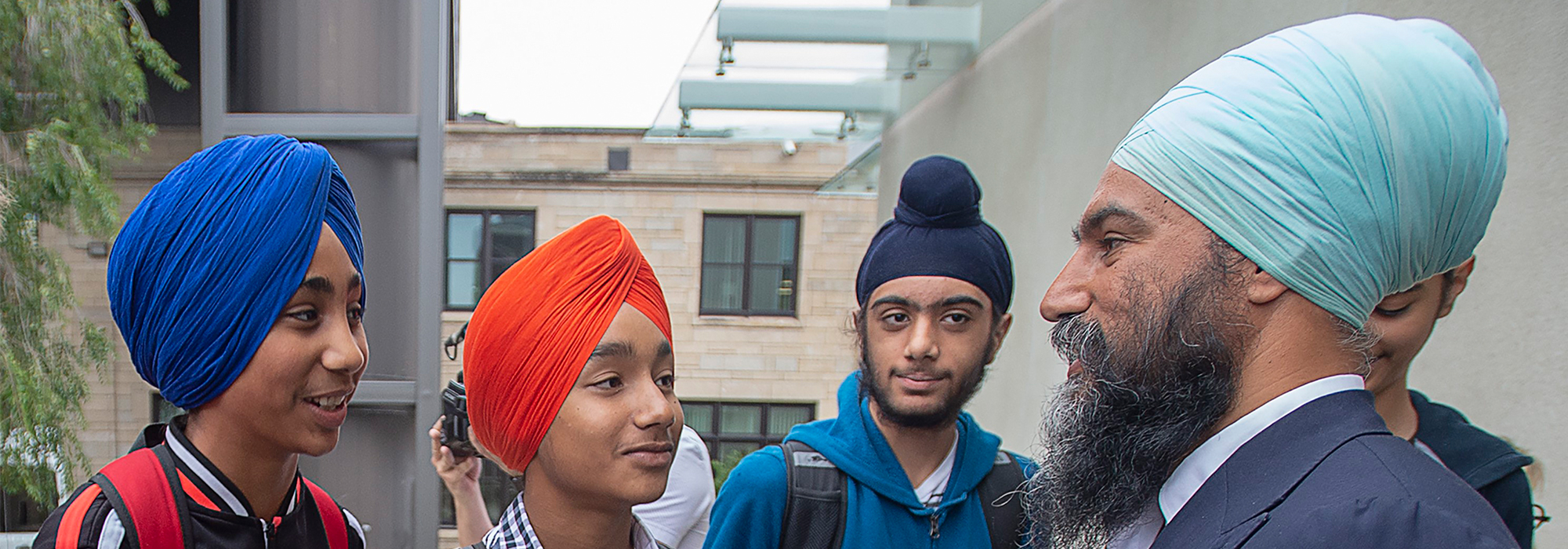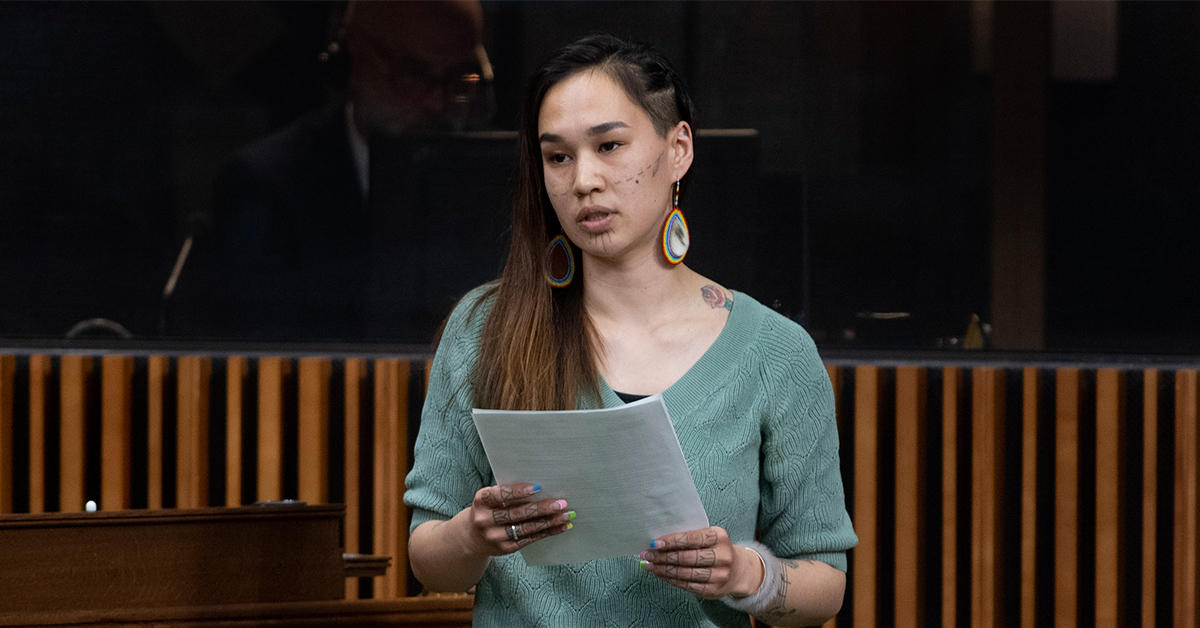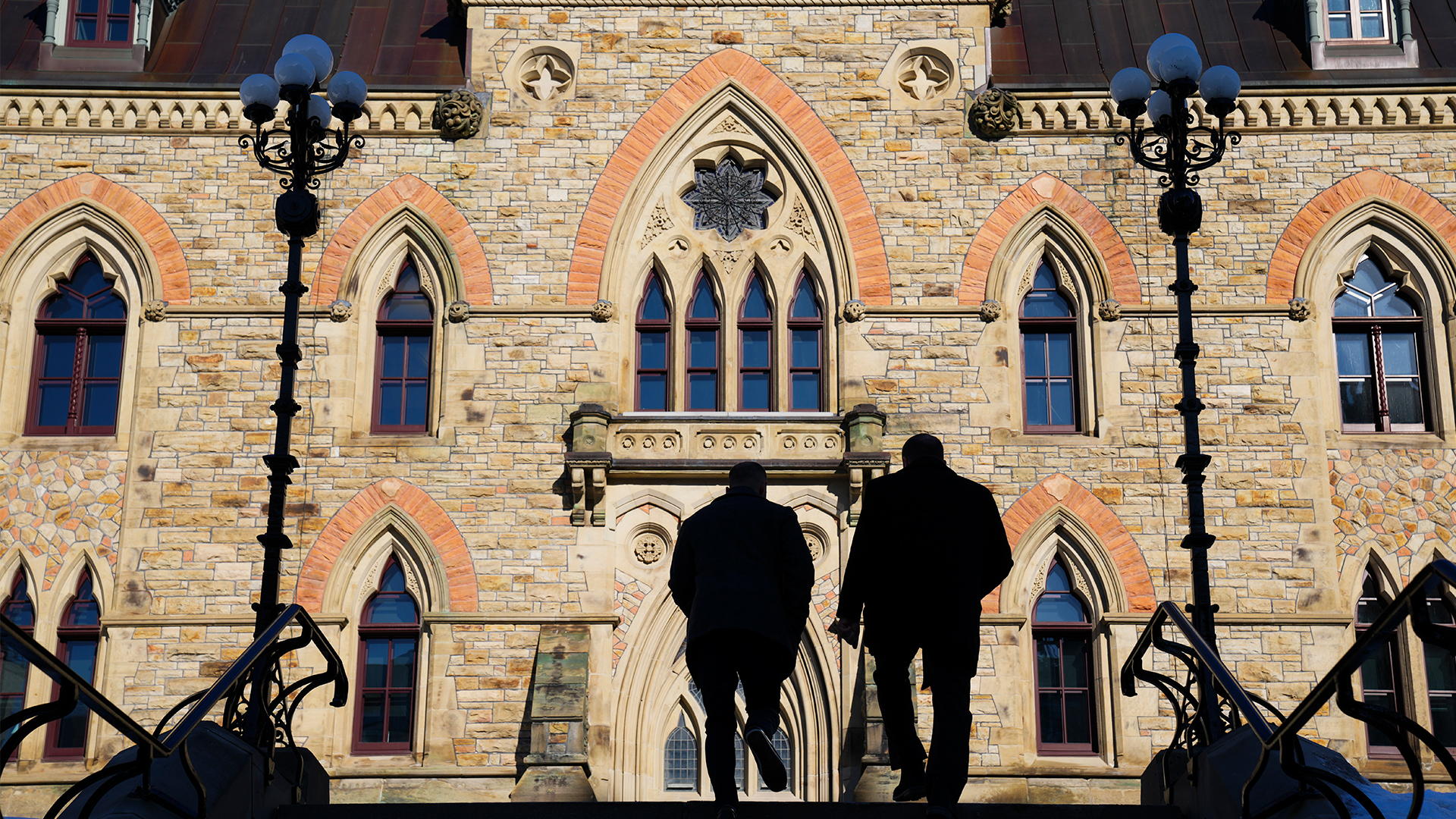
A major focus of this 2019 election for the various campaigns will be courting voters from immigrant and visible minority communities, who are a majority of the population in 41 ridings, and 20 percent or more in an additional 93 ridings. All parties will attempt to reach those voters through candidate selection, conventional and online advertising, and both “mainstream” and ethnic media outlets.
While ethnic media coverage is unlikely to be decisive in influencing voter intentions, given its coverage of many of the same issues as “mainstream” counterparts, it may very well be influential in swing ridings with significant numbers of visible minority community members and immigrants, where some rely on ethnic media organizations as their main news source. MIREMS (Multilingual International Research and Ethnic Media Services) and I recently set up the www.diversityvotes.ca website to shed more light on what issues ethnic media outlets are covering, and how riding demographics might influence electoral strategies.
Figure 1 shows the number of ridings where one visible minority group forms 10 percent or more of the riding population. In 11 ridings, one visible minority group forms over 40 percent of the population.
Ethnic media organizations tend to reflect the population and dominant language groups of their audiences. Out of the close to 800 outlets operating across Canada, 60 percent are based in Ontario, 16 percent in British Columbia and 12 percent each in Alberta and Quebec. Over one-third of ethnic media outlets operate in Punjabi, South Asian English or Chinese (Mandarin and Cantonese); another third use European languages such as Spanish, Italian and Russian.
All major national issues are covered by ethnic media organizations, whether controversies over China (particularly former ambassador John McCallum’s comments about Huawei executive Meng Wanzhou), the new Canada Food Guide or the challenge to the election date by some Orthodox Jews. The ethnic media overall focuses its content on news coverage. Analysis, opinion and commentary form between 10 and 20 percent for most language groups, based on the data we have collected.
These outlets will also focus more on ridings where there are candidates from their particular ethnic and/or language group. Greater space will be given to issues that are of particular relevance to the group.
So how do ethnic media outlets influence party campaigns and their strategies? What have we learned from the more than 1,200 media articles analyzed during the pre-writ period (July 20 to September 7)?
The ethnic media largely mirrors the mainstream media in its coverage of election issues and trends. National issues such as ethics, Canada-China relations and climate change are widely covered, as well as party electoral strategies, promises and tactics. This reflects the fact that most articles are taken and translated from the mainstream media. The Liberal values positioning on same-sex marriage and abortion and the delayed and confused Conservative response were widely covered and commented upon.
However, some issues are less well covered, reflecting internal community sensitivities or possible foreign interference. For example, there has been relatively less coverage of some of the divisions between Hong Kong and mainland Chinese-Canadians and of the Chinese government’s efforts to strengthen the pro-China narrative.
Given resource and time constraints, ethnic media outlets have relatively less in-depth issue coverage and emphasize “horse race” aspects of the campaign. However, major reports and studies are covered to provide depth.
Coverage of party nominations, candidates and individual ridings reflects riding demographics (for example, there is extensive Punjabi-media coverage of ridings in Brampton, Ontario). Moreover, this focus is amplified by the relative strength of various language groups, explaining the predominance of Chinese and Punjabi media outlets. Candidate profiles often provide more information on candidates’ views, such as the emphasis by some Conservative candidates on family values. Nomination battles and disputes, particularly when these involve conflict between communities, attract commentary, as seen in the ongoing attention in the Italian-language media to the riding of Saint-Léonard-Saint-Michel, where the former Liberal candidate, Hassan Guillet, was not of Italian origin.
While the Liberals and Conservatives get widespread coverage of their electoral promises and commitments, the NDP and Green Party are under-covered. In contrast, the People’s Party of Canada, given its focus on restricting immigration and its initial exclusion from the leaders’ debate, received more than twice as much substantive coverage as the NDP and Greens combined.
Commentary and opinion in most sources capture a range of views, with some criticism of the tone and substance of both major parties and their campaigns and of some of the more transparent attempts to play identity politics (for instance, the Liberal promise for an apology to Italian Canadians for internment during the Second World War). Other diaspora or “homeland” issues also attract commentary, such as the expression of concern by Liberal MP Ramesh Sangha on the excessive influence of Canadian Sikhs on India policy.
Overall, while coverage may vary by language group, those who rely on the ethnic media as their main information source would have an understanding of the major election issues reasonably comparable to that of people who rely on the mainstream media, with the exception of diaspora-related issues that receive more coverage.
In other words, rather than the ethnic media providing a parallel and separate space and reinforcing cultural silos, these outlets for the most part serve an important role in political integration through their coverage of the main political issues common to all Canadians.
This article is part of The media and Canadian elections special feature.
Photo: NDP Leader Jagmeet Singh chats with young supporters during a campaign stop at the University of Manitoba in Winnipeg on Sept. 24, 2019. THE CANADIAN PRESS/Andrew Vaughan
Do you have something to say about the article you just read? Be part of the Policy Options discussion, and send in your own submission. Here is a link on how to do it. | Souhaitez-vous réagir à cet article ? Joignez-vous aux débats d’Options politiques et soumettez-nous votre texte en suivant ces directives.








